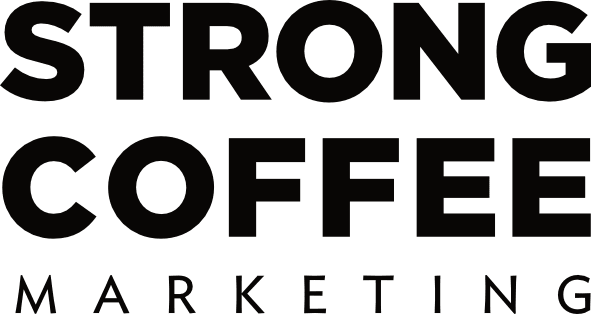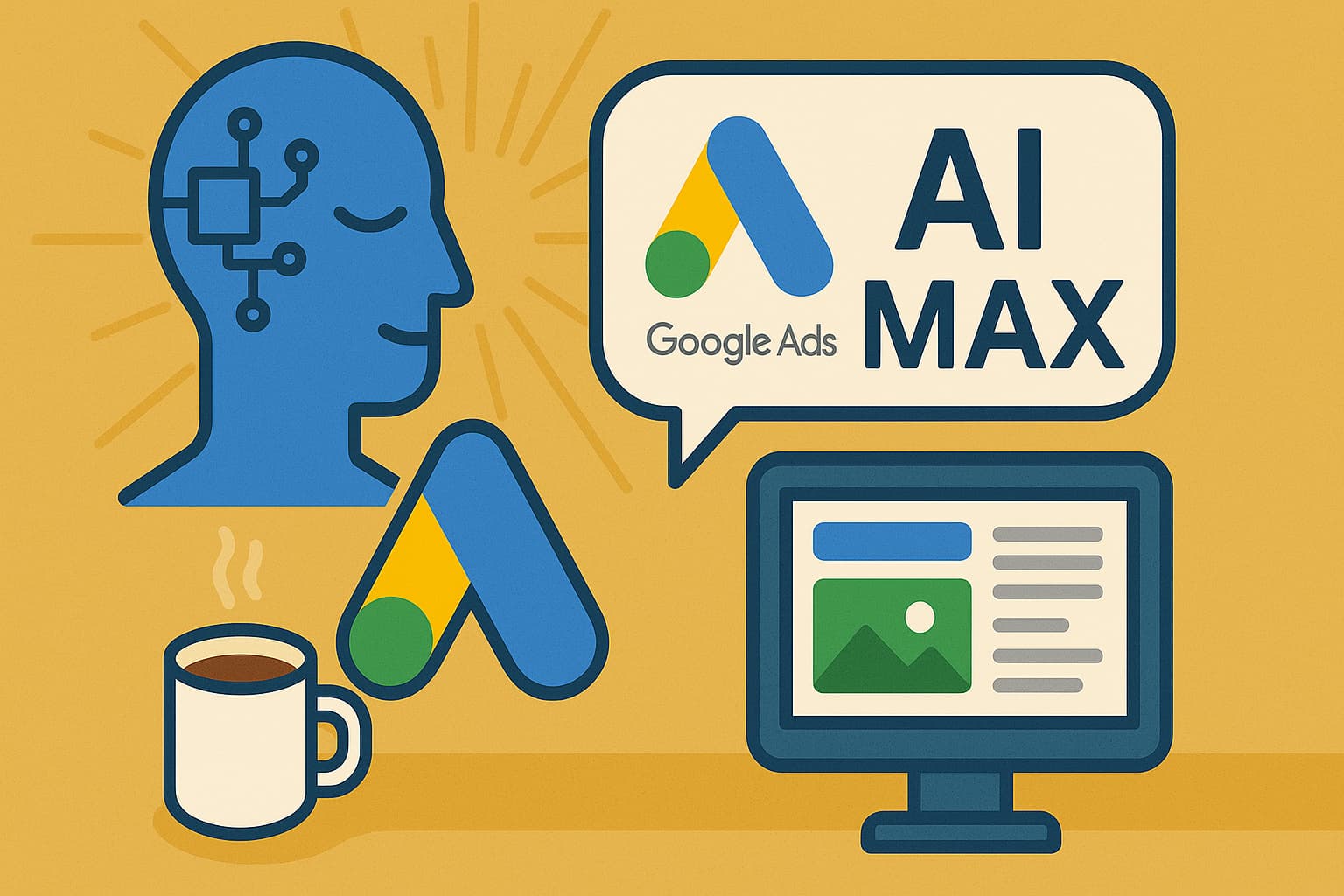The digital marketing landscape is constantly evolving, and one of the most significant changes on the horizon is the phasing out of third-party cookies. As we navigate this shift, it’s crucial to understand how it will impact our strategies, particularly in conversion tracking and audience targeting.
WHAT ARE ADVERTISING COOKIES?
Advertising cookies are small pieces of data stored on a user’s device that help track their online behavior. They allow marketers to gather insights about user preferences, enabling personalized advertising experiences. However, with growing concerns about privacy and data security, major browsers like Google Chrome are set to eliminate third-party cookies by 2024. This change is a game-changer for digital marketers.
THE IMPACT ON DIGITAL MARKETING
1. SHIFT TO FIRST-PARTY DATA
With third-party cookies disappearing, the focus will shift to first-party data—information collected directly from users. This means businesses will need to prioritize building relationships with their customers to gather valuable insights. According to a study by Forrester, 74% of marketers believe that first-party data will be essential for their future strategies.
2. ENHANCED PRIVACY REGULATIONS
As privacy regulations tighten, marketers must adapt their strategies to comply with laws like GDPR and CCPA. This means being transparent about data collection and usage. Brands that prioritize privacy will not only comply with regulations but also build trust with their audience.
3. NEW TRACKING SOLUTIONS
The absence of third-party cookies will necessitate the development of new tracking solutions. Google is introducing the Privacy Sandbox, which aims to provide alternatives for tracking user behavior without compromising privacy. Marketers will need to stay updated on these developments to leverage new tools effectively.
4. INCREASED IMPORTANCE OF CONTEXTUAL ADVERTISING
As behavioral targeting becomes more challenging, contextual advertising will gain traction. This approach focuses on placing ads based on the content of the webpage rather than user behavior. A report from eMarketer indicates that 70% of marketers plan to increase their investment in contextual advertising in the coming years.
CONVERSION TRACKING CHALLENGES
Conversion tracking is at the heart of digital marketing success. With the decline of cookies, tracking user journeys across multiple platforms will become more complex. Here are some strategies to adapt:
- Utilize UTM Parameters: By adding UTM (Urchin Tracking Module) parameters to your URLs, you can track the effectiveness of your campaigns across different channels. This will help you understand where your conversions are coming from, even without cookies.
- Leverage Customer Relationship Management (CRM) Systems: Integrating your marketing efforts with a robust CRM can help you track customer interactions and conversions more effectively. This data can provide insights into customer behavior and preferences.
- Focus on Attribution Models: As tracking becomes more fragmented, adopting multi-touch attribution models will be essential. These models allow you to understand the various touchpoints that lead to a conversion, giving you a clearer picture of your marketing effectiveness.
EMBRACING THE CHANGE
While the phasing out of third-party cookies presents challenges, it also opens up new opportunities for innovation in digital marketing. By focusing on first-party data, enhancing privacy practices, and exploring new tracking solutions, we at Strong Coffee Marketing are excited to navigate this new landscape.
The future of digital marketing is here, and it’s time to adapt. Embrace the change, invest in building relationships with your audience, and stay ahead of the curve. The brands that can pivot and innovate will not only survive but thrive in this cookie-less world.
Recent Posts
Boost Business Efficiency with Google Workspace Automation Tools
Streamlining Your Business with Google-Based Automations Hey there, fellow business owners! If you’re like most of us, you probably feel like there just...
Harnessing Google Tag Manager for Better User Insights and Performance Tracking
Unlocking the Power of Google Tag Manager: Simplifying Tracking and Understanding User Behavior Hey there, fellow business owners! If you’re navigating the digital...
AI Max: Transform Your Google Search Ads Strategy Today
Unleashing the Power of AI with Google Ads’ New AI Max Hey there, fellow business owners! If you’re anything like us at Strong...


